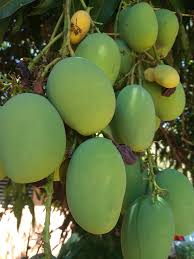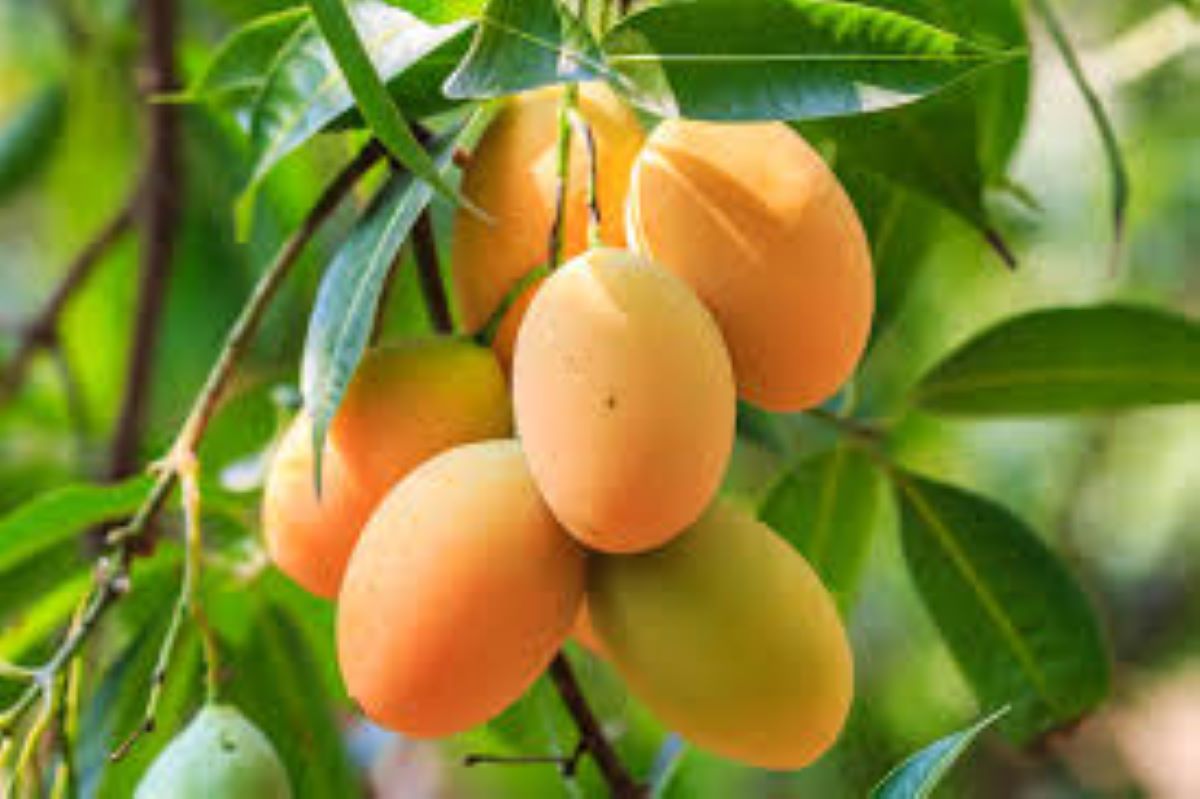 What mango gives to the body is dependent on the part of mango in focus. Are you talking about mango seed, tree or even the leave and root? Some persons only think about what they get from mango seeds, neglecting the contents of the other useful parts. Hence, my reason for this piece of research work is to put together bits and pieces of what mango gives to the body. Therefore, if you are looking for the history or theories of mango, you might have to look elsewhere. However, at the end of the main question about what mango gives to the body, I will say little about how mango grows. We shall also take a slight look at the best way to plant mangoes.
What mango gives to the body is dependent on the part of mango in focus. Are you talking about mango seed, tree or even the leave and root? Some persons only think about what they get from mango seeds, neglecting the contents of the other useful parts. Hence, my reason for this piece of research work is to put together bits and pieces of what mango gives to the body. Therefore, if you are looking for the history or theories of mango, you might have to look elsewhere. However, at the end of the main question about what mango gives to the body, I will say little about how mango grows. We shall also take a slight look at the best way to plant mangoes.
Recommended for you: WHY WATERMELON IS GOOD FOR YOU
WHAT MANGO GIVES TO THE BODY:
Everything about mango looks beneficial, beginning from its peel, bark, seed, tree, flowers and the fruit itself. Like as I said before, the question on what mango gives to the body is broad. What we will do in this article is break mango into various parts to see what researches say about each part. The following subheadings and paragraphs will look at each part of mango in more details.
WHAT MANGO GIVES TO THE BODY: MANGO TREE:

The mango tree is popular and known for its ornament and provider of shade, because of its branch with a thick trunk and broad rounded as a canopy. The mango tree isn’t quite so famous for timber because it decays easily. Mango trees are easily killed by frost, which limits it to the tropical and subtropical areas. The bark is believed to possess a tonic action mucus membrane. Also, resinous liquids from mango tree is believed to be medicinal. In some parts of Africa for instance, the bark of mango tress are boiled, and the steam used for antiviral steaming. Like most trees, mango trees absorbs carbon dioxide, producing oxygen and thus, supports human live.
WHAT MANGO GIVES TO THE BODY: MANGO LEAVES
Mango leaves contain powerful antioxidants. They actually work as herbal medicine, and contain full healing and medicinal product. These leaves are rich in nutrients such as fiber and vitamin C. The medicinal properties of what mango leaves give are summarized thus:
- Mango leaves aid in stabilizing sugar levels in our blood.
- Also, mango leaves helps in the treatment of dysentery.
- The leave is used to heal burns.
- Cooking and drinking mango leaves lowers blood pressure and fight restlessness.
- Equally, mango leaves are used useful in managing diabetes, as it regulates blood sugar.
Consequently, mango leaves are essential component of what mango gives to the body. So, next time you harvest mangoes, do not throw away the leaves.
WHAT MANGO GIVES TO THE BODY: MANGO SEEEDS AND PEEL:
Mango peels are edible and contains rich nutrients like vitamins, fiber and antioxidants. In fact mango peel are not poisonous. The benefits of mango peels and seeds are:
- Mango peel helps in acne removal.
- Also, mango peels improves hair health, face wash and skin exfoliate.
- Mango peels are also a great natural skin cleanser
- Again mango seeds are rich sources of vital minerals, vitamins and fatty acids.
- Mango seeds alter enzymes of the intestine and liver to reduce absorption of glucose.
- Consumption of mango seed aid in minimizing the risk of developing cardiovascular diseases and hypertension.
- Consumption of a lot of mango can combat cancer and obesity related diseases.
- Mangoes are found to have unique antioxidants called mangiferin which are absent in other fruits and vegetables.
- Studies conducted in 2015 show that mango polyphenols suppress breast cancer. These antioxidants are essential because they protect the cell against free radical damage, free radical are highly reactive compound that can damage your cells.
MORE ON ON MANGO BENEFITS:
Mangoes are high in fiber and cancer prevention agents, plentiful in a great deal of nutrients and minerals and contains folic, iron, zinc and calcium.
Mangoes are a decent wellspring of vitamin A and contains lutein and zeaxanthin which supports eye wellbeing and improve vision. Vitamin A is indispensable for ideal working of the retina. Absence of vitamin A insufficiency can prompt visual impairment. Mango is a source of vitamin A, C, E and is a power house of nutrition.
Plenty of water in mango fruit and digestive enzymes help relieve constipation and improve colon health. This nutrient help appetite control because of its low cholesterol levels and aid digestion.
STILL ON THE BENEFITS OF MANGO CONSUMPTION:
Furthermore, Vitamins B, K, C and folate in mangoes boost the immune system to fight infection.
Mango rich in vitamin E and vitamin C, aid sexual stamina in men. Citrulline amino acid in mango is good for the cardiovascular system and aid in relaxation of blood vessels. Sex drive is more when blood vessels are relaxed.
Natural vitamin C in mango also provides your scalp the nutrient to produce sebum and moisturize your hair. Mango consumption improves the elasticity of hair and skin because of the collagen-building of vitamin C. thus, there is reduction in hair loss.
PLANTING AND GROWTH
This tasty natural product develops on trees, delightful trees, thick, dull green and achieving a tallness of 40 to 50 feet. Some have been known to arrive at 90 feet. Grafted mango trees may prove to be fruitful following a few years; it takes five years for a recently planted tree. The primary harvest may yield just around 150 mangoes, yet when the tree arrives at its pinnacle it might bear upwards of 5,000 or significantly more. For best outcomes the trees are divided nearly 60 feet from one another. The slim, dull green leaves may quantify up to 12 inches. The blooms appear as modest pink blossoms that develop in little groups at the parts of the branches.
Check also: AVOCADO CALORIES AND HEALTH BENEFITS
VARIETY
There are numerous assortments of mangoes. Indeed, there are numerous to such an extent that in India alone somewhere in the range of 500 assortments have been portrayed. They change in size from that of a conventional apple to a natural product that may weigh as much as three pounds. As well, they fluctuate in shading. The organic product is secured by a meager rough skin. There is a huge, level seed nearly as long as the organic product itself, encased in a thick husk.

